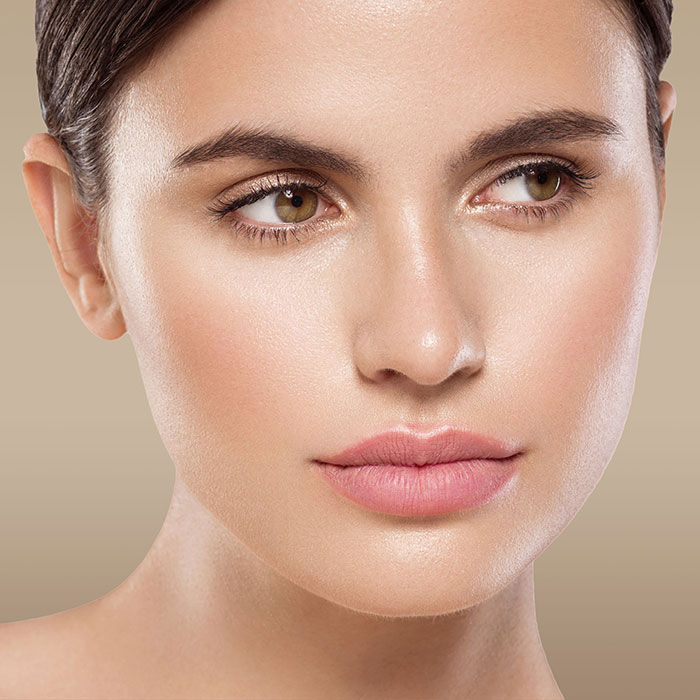What are dermal fillers?
Dermal fillers are a cosmetic treatment that can add volume and fullness to the skin and fix mild deformations and asymmetries. They are made up of various materials, including hyaluronic acid and collagen. Dermal fillers are a non-surgical, dermatologic treatment method and should not be considered among the plastic surgery methods that aim to reshape the body.
How are dermal fillers applied?
The application method may depend on the content of the dermal filler. The most commonly preferred dermal fillers have hyaluronic acid content.
During the procedure, the application area is first numbed with local anesthesia. Then, dermal fillers are applied through small injections, typically using a fine needle. The procedure is done in-office and usually takes only a few minutes.
The advantages of dermal fillers
Some of the advantages of dermal fillers include the following:

- They can enhance facial features such as the lips or cheeks.
- They are a quick, non-surgical, and economical option that requires no downtime.
- The results are immediate and can last for several months.
- They can be reversed.
- They can be used in combination with other cosmetic procedures.
Things to consider when getting a dermal filler
Dermal fillers give the best result if the skin and subcutaneous tissue are firm and tight. In patients with looser or sagging skin, the results of dermal fillers may be short-lived, which can result in the need for frequent repeat procedures. This can increase the potential for complications.
If there are sagging areas, these areas should first be treated before injecting dermal fillers. Otherwise, the fillers are bound to enlarge the tissue they are injected into and may lead to an unnatural appearance.
It should also be noted that facial fillers are best when used in small doses but may lead to problems when used in higher volumes.
The types of injectable facial fillers
Various ingredients, such as synthetic substances, collagen, and hyaluronic acid, can be used in dermal fillers.
Synthetic substances are produced in a laboratory and are not normally found in the body. Although synthetic fillers break down later in the body, the risk of various side effects is higher.
Fillers with collagen content that provide a natural appearance last shorter and have a higher risk of causing allergic reactions.
Dermal fillers with hyaluronic acid content have a very low complication rate and are commonly used.
Facial fat grafting (Autologous fat transfer to face)
Fat grafts taken from one's own body can also be used as a dermal filler. In this procedure, fat collected from a different part of the body is injected into the target area with the help of microcannulas. Since autologous fillers are fat tissues taken from the person's own body, the risk of allergic reactions and side effects is very low, but since they are broken down much faster by the body, they do not last for very long.
What is hyaluronic acid?
Hyaluronic acid is a naturally occurring substance found in the body, particularly in the skin and joints. It is known for its ability to hold large amounts of water, making it a popular ingredient in skincare products. Hyaluronic acid can provide hydration and improve the appearance of fine lines and wrinkles for a more youthful appearance. Hyaluronic acid lasts longer than autologous fillers.
Frequently asked questions
Dermal filler procedures such as lip fillers, cheek fillers, under eye or tear trough fillers take 10-20 minutes on average, depending on the area.
